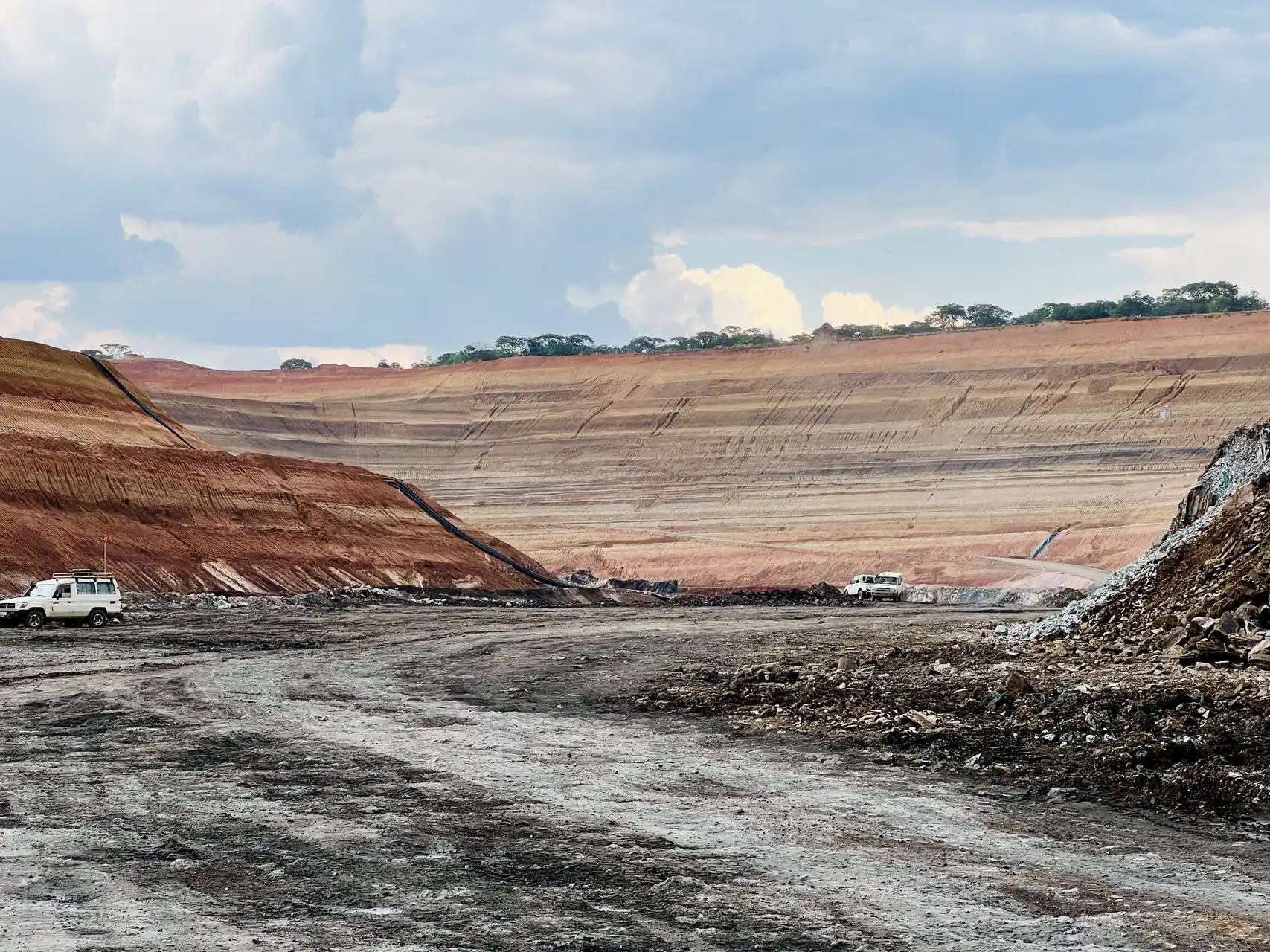Understanding the Importance of Quality Testing for Grinding Balls
The Role of Grinding Balls in Mining Operations
Grinding balls play a pivotal role in the comminution process within mining operations. These spherical media are essential components in ball mills and SAG mills, where they are responsible for reducing ore particles to the desired size for further processing. The efficiency of the grinding process directly impacts the overall productivity and cost-effectiveness of mining operations. High-quality grinding balls ensure consistent particle size reduction, minimize energy consumption, and reduce downtime due to media replacement. The performance of grinding balls is influenced by various factors, including their material composition, size distribution, and surface characteristics. Chrome alloy steel balls, for instance, are widely used due to their excellent balance of hardness and toughness. The choice of grinding media can significantly affect the mill's grinding efficiency, power draw, and overall operational costs. Therefore, rigorous quality testing is imperative to select the most suitable grinding balls for specific mining applications.
Key Quality Parameters for Grinding Balls
Several critical quality parameters must be evaluated to determine the suitability of grinding balls for mining applications. These parameters include: 1. Hardness: Measured using methods like the Rockwell or Brinell hardness test, hardness affects the wear resistance of the grinding balls. 2. Toughness: The ability to withstand impact without fracturing, often assessed through impact tests. 3. Wear resistance: Determined through abrasion tests, this parameter indicates the ball's longevity in harsh grinding environments. 4. Chemical composition: The elemental makeup of the grinding balls, which influences their overall performance and durability. 5. Roundness and surface finish: These factors affect the balls' grinding efficiency and their interaction with ore particles. 6. Size consistency: Uniform size distribution ensures optimal grinding performance and prevents preferential wear. By thoroughly evaluating these parameters, mining companies can make informed decisions when selecting grinding balls, ensuring optimal performance and cost-efficiency in their mineral processing operations.
Physical and Mechanical Testing Methods for Grinding Balls
Hardness Testing Techniques
Hardness testing is a fundamental aspect of evaluating Grinding Balls for Mining quality. The most common methods employed include:
- Rockwell Hardness Test: This test measures the depth of penetration of an indenter under a large load compared to the penetration made by a preload.
- Brinell Hardness Test: It involves pressing a hard steel or carbide ball into the surface of the material under test with a specified load.
- Vickers Hardness Test: This method uses a diamond indenter in the shape of a square-based pyramid to make an indentation, which is then measured and converted to a hardness value.
These tests provide quantitative data on the material's resistance to deformation, which is crucial for predicting wear resistance in grinding applications. Higher hardness values generally indicate better wear resistance, but extremely high hardness can lead to brittleness, making the balls prone to fracture under impact.
Impact and Abrasion Resistance Tests
Impact and abrasion resistance tests are essential for simulating the harsh conditions grinding balls encounter in mining operations. Key tests include: 1. Drop Weight Impact Test: This test involves dropping a weight onto the grinding ball from a specified height to assess its resistance to fracture. 2. Los Angeles Abrasion Test: Although primarily used for aggregates, a modified version can be applied to grinding balls to evaluate their wear resistance under rolling and impact conditions. 3. Bond Abrasion Test: This test measures the abrasiveness of ore and the abrasion resistance of grinding media, providing valuable data for predicting wear rates in actual mill operations. These tests help mining companies select grinding balls that can withstand the high-impact and abrasive environment of ball mills and SAG mills, ensuring optimal performance and longevity. By combining the results of hardness, impact, and abrasion tests, a comprehensive understanding of the grinding balls' mechanical properties can be obtained, facilitating informed decision-making in media selection.
Chemical Composition Analysis and Performance Prediction
Elemental Analysis Techniques
Chemical composition analysis is crucial for predicting the performance and durability of Grinding Balls for Mining applications. Advanced analytical techniques are employed to determine the elemental makeup of the grinding media accurately. These methods include: 1. X-ray Fluorescence (XRF) Spectroscopy: This non-destructive technique provides rapid and accurate elemental analysis of grinding balls, detecting major, minor, and trace elements. 2. Optical Emission Spectroscopy (OES): OES offers high-precision analysis of metallic elements, making it ideal for examining the composition of alloy steel grinding balls. 3. Inductively Coupled Plasma Mass Spectrometry (ICP-MS): This highly sensitive method can detect trace elements at very low concentrations, providing a comprehensive elemental profile of the grinding media. By analyzing the chemical composition, manufacturers and mining companies can verify the adherence to specified alloy compositions and identify any deviations that might affect performance. For instance, the chromium content in high-chrome grinding balls significantly influences their hardness and corrosion resistance, making accurate compositional analysis essential for quality control.
Microstructure Analysis and Performance Correlation
Microstructure analysis provides valuable insights into the internal structure of grinding balls, which directly influences their mechanical properties and performance. Key techniques in this area include: 1. Optical Microscopy: This method allows for the examination of grain structure, phase distribution, and overall microstructure of the grinding ball material. 2. Scanning Electron Microscopy (SEM): SEM provides high-resolution images of the material's surface and can be coupled with Energy Dispersive X-ray Spectroscopy (EDS) for localized elemental analysis. 3. X-ray Diffraction (XRD): XRD helps identify crystalline phases present in the material, which can be correlated with mechanical properties and wear resistance. By correlating microstructure characteristics with performance data from field tests or laboratory simulations, researchers and engineers can develop predictive models for grinding ball behavior in various mining applications. This approach enables the optimization of manufacturing processes to produce grinding balls with tailored microstructures that offer superior performance in specific mineral processing environments.
In conclusion, the quality testing of grinding balls for mining involves a comprehensive suite of physical, mechanical, and chemical analyses. These tests provide crucial data for selecting the most suitable grinding media for specific mining applications, ensuring optimal performance and cost-efficiency in mineral processing operations. By employing advanced testing methodologies and correlating material properties with field performance, mining companies can make informed decisions that enhance their grinding efficiency and overall operational productivity. For more information on high-quality grinding balls and expert guidance on selecting the right media for your mining operations, please contact us at sales@da-yang.com and sunny@da-yang.com.









